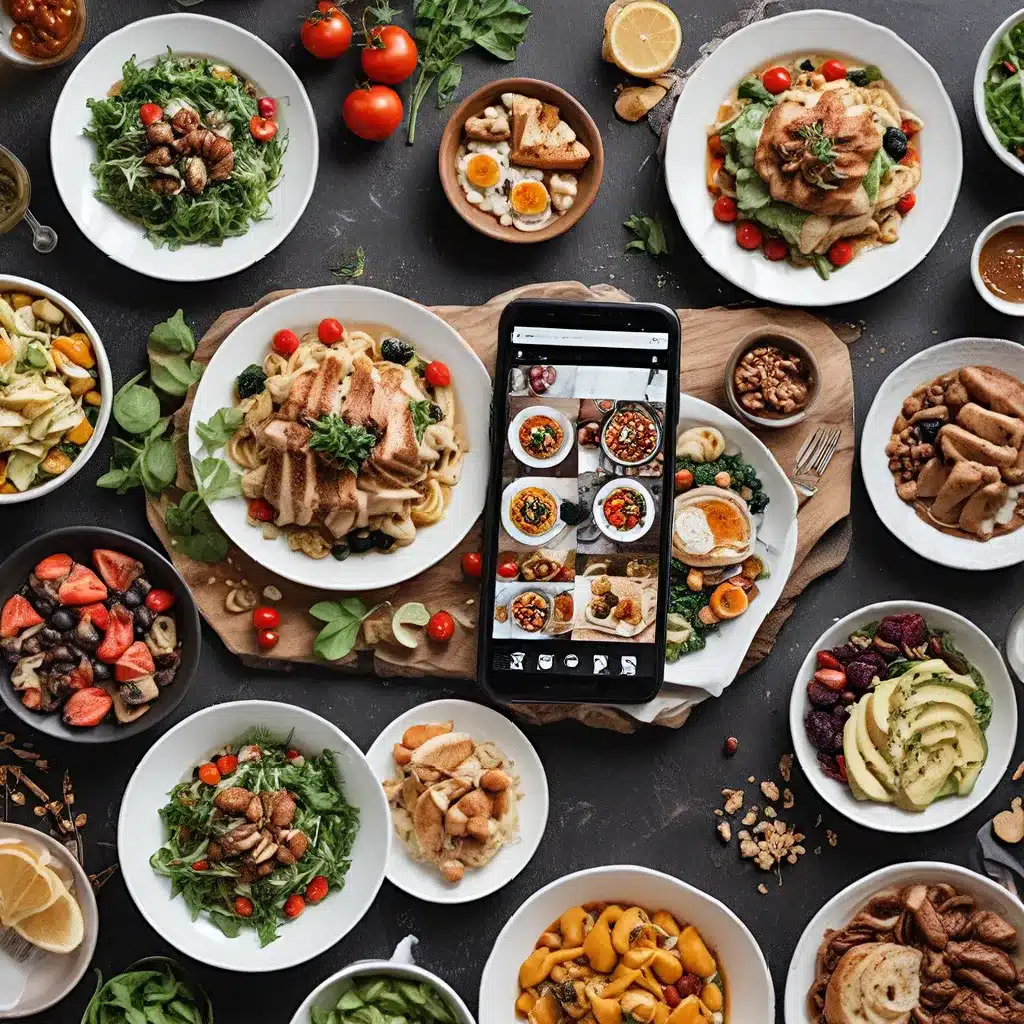
In the ever-changing landscape of food and dining, one thing has become abundantly clear – social media has emerged as a powerful force that’s shaping our culinary experiences. Gone are the days when food critics and industry insiders were the sole tastemakers. Today, a new breed of culinary influencers has taken the lead, using platforms like Instagram, TikTok, and Yelp to drive food trends, sway consumer behavior, and transform the very way we discover, consume, and engage with our meals.
The Rise of the Food Influencer
It’s no secret that social media influencers have become a driving force in the world of food and dining. These digital tastemakers, with their massive followings and visually stunning content, have become the new arbiters of culinary cool. From the avocado toast that took Instagram by storm to the whipped feta craze that had TikTok users in a frenzy, these influencers have the power to make or break food trends with a single post.
What sets these food influencers apart from traditional critics is their relatable, down-to-earth approach. Unlike the aloof and often anonymous restaurant reviewers of the past, food influencers cultivate a personal connection with their followers, sharing their genuine experiences, warts and all. Their reviews and recommendations carry a sense of authenticity that resonates with a broad audience, particularly the younger demographics like Gen Z who have grown up in the era of social media.
But the influence of these digital tastemakers extends far beyond just restaurant recommendations. Their endorsements can sway consumer behavior in the grocery aisle, the kitchen, and even the types of flavors and ingredients people are willing to experiment with. A glowing review of a kitchen gadget or a step-by-step guide to making a trendy dish can lead to spikes in sales and mainstream adoption, as their followers eagerly seek to replicate the experiences they’ve seen online.
The Democratization of Food Reviews
The rise of platforms like Yelp has also played a significant role in shaping the food landscape. By empowering everyday diners to share their experiences, Yelp has leveled the playing field, giving a voice to consumers and making restaurant success or failure dependent on user reviews.
A four-star rating and a string of positive reviews can substantially increase customer footfall, while a lower rating can have the opposite effect. Yelp’s influence extends beyond mere restaurant selection; it sets the bar for the entire dining experience, as businesses strive to maintain a stellar online reputation.
For food businesses, navigating the world of social media is a double-edged sword. On one hand, platforms like Instagram and Yelp offer unprecedented visibility, with a single post from a popular influencer or a viral review potentially catapulting a local eatery into stardom. However, this increased scrutiny also comes with the ever-present risk of negative reviews, which can spread like wildfire and severely damage a restaurant’s reputation.
Exploring Global Flavors and Food Tourism
Social media has not only influenced the way we discover and engage with food, but it has also expanded our culinary horizons. Platforms like Instagram and TikTok have introduced users to a world of exotic flavors and unique dining experiences, enabling them to explore global cuisines without ever leaving their local communities.
The rise of food-related hashtags, like #WaterTok, has showcased the creativity of users who are experimenting with unconventional ingredients and flavor combinations, from dragon fruit-infused water to Nerds-flavored beverages. This digital exposure has fueled a growing phenomenon called “food tourism,” where people travel specifically to sample the unique dishes and flavors they’ve discovered online.
Navigating the Challenges and Opportunities
For food businesses, navigating the social media landscape presents both challenges and opportunities. On one hand, the constant need to stay ahead of trends and adapt quickly to changing consumer preferences can be daunting. The risk of negative reviews and the potential for viral backlash can also weigh heavily on businesses.
However, social media also offers unparalleled opportunities for customer engagement and brand building. By leveraging platforms like Instagram Stories and Twitter Polls, businesses can foster a sense of community and loyalty among their patrons, creating interactive experiences that go beyond traditional advertising.
The key, it seems, is to strike a balance between managing the risks and capitalizing on the benefits of social media. Businesses must be proactive in monitoring their online reputation, responding to reviews diplomatically, and taking constructive criticism seriously. At the same time, they should also invest in creating high-quality, visually appealing content that resonates with their target audience, and cultivate ongoing relationships with food influencers who can serve as strategic partners and brand ambassadors.
The Future of Food and Dining
As the influence of social media continues to grow, the future of food and dining is sure to be shaped by the ever-evolving trends and preferences of the digital landscape. Influencer marketing is expected to skyrocket to 42% by 2024, underscoring the integral role these digital tastemakers will play in shaping consumer behavior.
Businesses that are able to stay ahead of the curve, adapt quickly to changing trends, and leverage the power of social media to build strong, engaged communities will likely be the ones that thrive in this new era of culinary culture. And for consumers, the future promises an ever-expanding world of culinary exploration, with social media serving as a gateway to new flavors, unique dining experiences, and the latest food crazes.
So, whether you’re a food enthusiast, a business owner, or simply someone who loves to explore the ever-changing world of cuisine, it’s clear that social media has become an integral part of the food and dining landscape. And as we navigate this new frontier, one thing is certain: the influence of culinary influencers is only going to continue to grow, shaping the way we discover, consume, and engage with our food.

